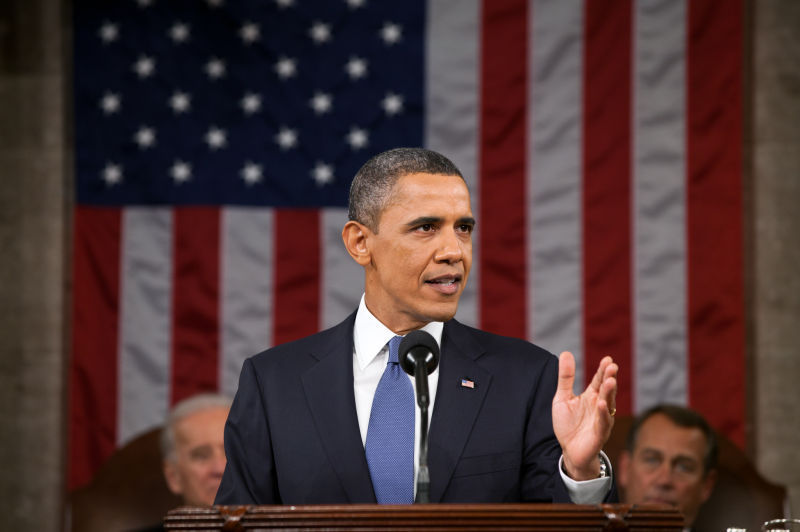Editorial: Executive orders are a good approach
Much has been made about the executive actions taken by President Obama, most recently in regards to immigration reform.
December 4, 2014
Much has been said about the executive actions taken by President Barack Obama, most recently in regards to immigration reform. The dissent is predominantly voiced from the right side of the congressional aisle, as Republicans feel that Obama’s actions are subversive and nearly to the point that they violate the constitution.
Executive orders are actions taken by the executive branch that allow the president to “clarify or further a law put forth by Congress or the Constitution” while entirely bypassing Congress. Such actions could certainly seem unconstitutional, as law making is said to be reserved for Congress. Precedent does exist for the rejection of executive orders by the judicial branch if the order is seen as attempting to make a law entirely independent of Congress.
However, while the Constitution does not specifically allow for the use of executive orders, the language in Article II of the Constitution is ambiguous enough to allow for the use of these orders through a “grant of executive powers.” These actions cannot be reversed by Congress.
The only sure way to remove an executive order is for the executive branch itself to reverse the order. These reversals usually occur when a new president takes office and holds a differing opinion on the matter. Whether or not Americans agree with the decisions made through any executive orders, Obama is justified by law and by precedent to take them.
Executive orders are not a new concept by any stretch of the imagination, and they are also far from specific to the Obama administration. According to www.pbs.org, every president—with the exception of William Henry Harrison who might have issued one given the chance, but he only held office for 31 days—has issued at least one executive order.
Additionally, Obama has not even issued an inordinate amount of these orders by comparison to his predecessors. President George W. Bush issued 291 during his eight year term while President Obama—with two more years left—has issued 183 as of June 2014.
Further comparisons validate Obama’s use of these powers. President Jimmy Carter, who served only four years, issued 320. One of the most popular republican presidents, President Ronald Reagan, issued 381 executive orders. President Franklin Roosevelt holds the record for most orders issued at 3,522. That comes out to one order issued every 1.26 days he held office. As of June, Obama ranked only 19 out of 44 on the list of presidents with the most executive orders.
Therefore, it seems that any complaints about this president’s use of executive orders cannot be solely based on the frequency of the actions. Perhaps instead the dissent is based on the content of the orders.
Do Obama’s executive orders affect issues which are too large and wide-reaching for a president to decide alone? Maybe, but that is a matter of opinion and perspective. The only factual way to judge this variable is to once again compare his actions to the actions of previous presidents.
According to CNBC, President Abraham Lincoln used executive orders to suspend the writ of habeas corpus and issue the Emancipation Proclamation. Roosevelt issued an order which resulted in the internment of the Japanese in America during WWII. President Bill Clinton used executive order to engage the U.S. Military in combat in the Balkan region in the 1990s.
As you can see, all of these orders could have been subject to extreme scrutiny at the time of their installment. Obama’s actions are no more extreme than any of the examples listed above. Executive orders seem to be just another imperfect policy in our imperfect democracy, but that does not make them any less legal to undertake.
The issue is not whether or not you agree with the action. Americans complain about gridlock in Congress, but when a policy is pushed forward without Congress, the issue becomes the circumnavigation of Congress.
In this age of rigid partisanship, there seems to be no perfect direction for advancing policy. Even if some Americans believe that policy is moving in the wrong direction, at least we’re finally going somewhere.

















